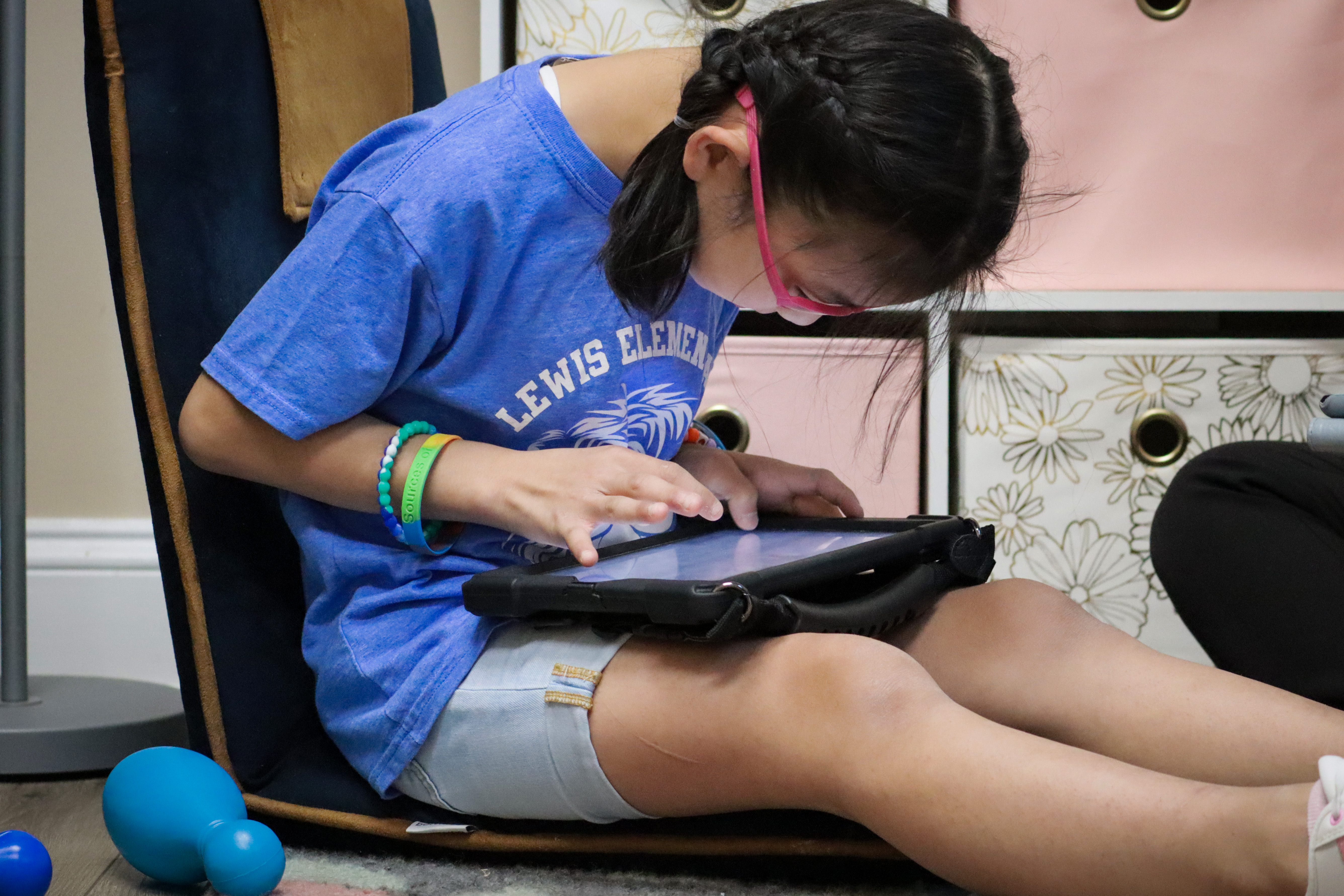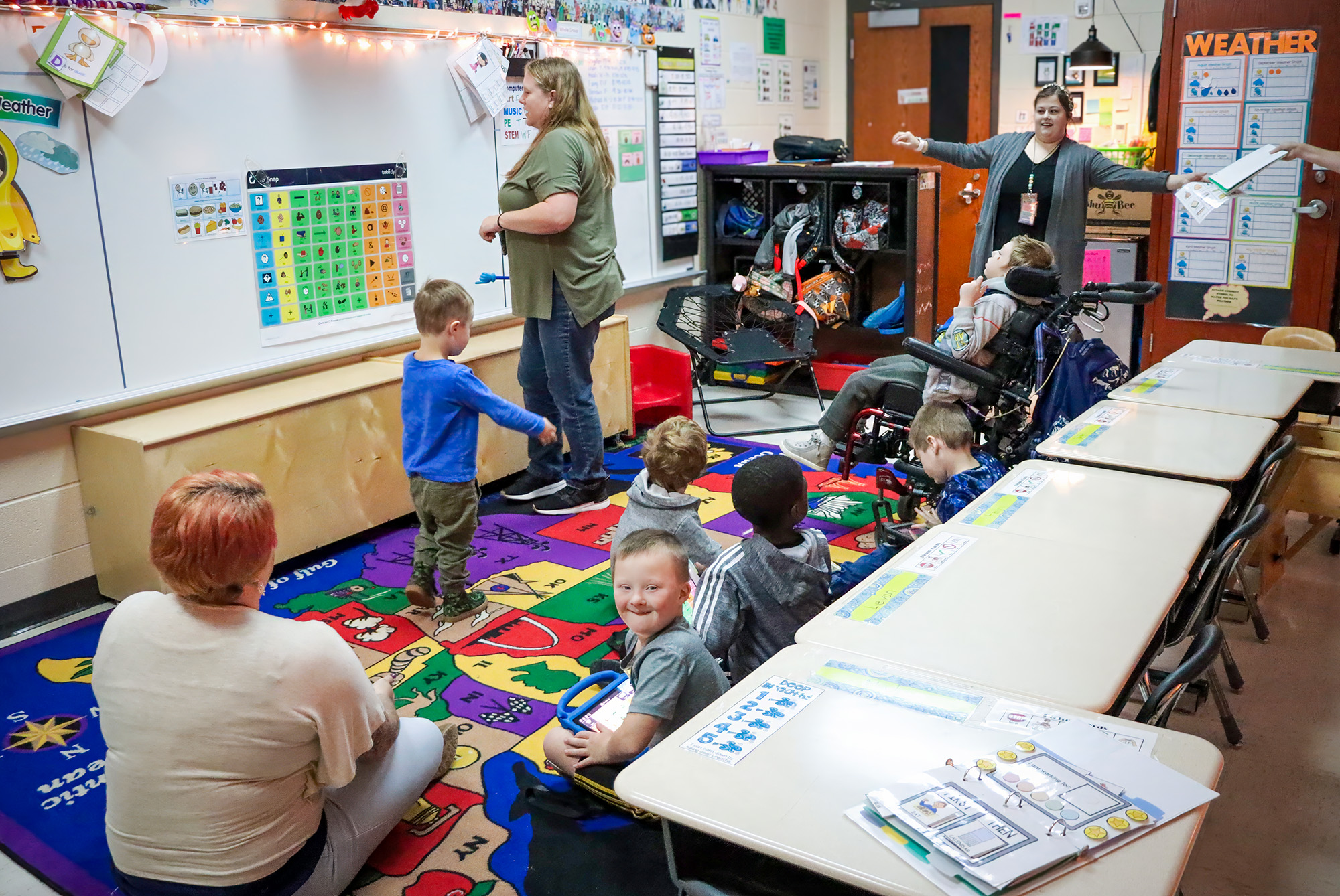Part 3 in our Series on Dismantling Societal Barriers to Communication Research
If you’ve been following along, we’re unpacking the new research article “Dismantling Societal Barriers that Limit People Who Need or Use AAC” by Light, Fager, Gormley, Watson Hyatt, and Jakobs. So far, we’ve looked at big-picture policy and practice barriers—those hidden systems that can prevent access before AAC even hits the table.
Today, we’re shifting focus to something that seems like it should be part of the solution: technology.
AAC is technology. But if you’ve worked with it for any length of time, you already know—when it’s designed or deployed without the user in mind, it becomes just one more barrier.
⸻
What Are Technology Barriers?
Technology barriers are the design flaws, access issues, or built-in limitations that make it harder—not easier—for people to communicate.
And there are two big categories:
1. Mainstream Tech Barriers
These include phones, tablets, websites, and apps that most people use every day. If they aren’t designed with accessibility in mind, AAC users get left out.
2. AAC Tech Barriers
Even dedicated AAC systems can create problems. A tool can be “available” but still unusable if it’s too complex, too slow, doesn’t match the person’s access method—or if no one knows how to customize it.
⸻
What Does This Look Like in Real Life?
- A student’s AAC app can’t be used during virtual school lessons because the educator doesn’t know how to allow screen switching.
- A team gives up on a new AAC device because the training was inaccessible or too complicated—and there’s no one to call for support. We hear “It’s too hard for him!”
- An AAC user wants to express emotion, humor, or identity—but their system only supports yes/no or academic responses.
- An AAC device is delivered to the family’s front porch with no one to help them get started. (Yes, that happens more often than you’d believe!)
- An SLP brings a manufacturer’s consultant in to “help” conduct the evaluation and write a funding report, but doesn’t have the knowledge to support the AAC user when the device arrives.
The result? Silence. Frustration. Missed connections.
⸻
Let’s Rethink How We Approach AAC Technology
✅ Design WITH, not for
AAC users must be at the table when systems are created. If a device is designed without considering the actual users, it’s going to miss the mark.
✅ Make Personalization Easy
Every AAC system should be easy to customize—without needing a PhD in programming. Quick access to preferred vocabulary, topics, and style is a must.
✅ Support Multimodal Communication
Sometimes speech output isn’t the only—or best—way to communicate. Gesture, facial expression, spelling, photos, even silence can be powerful. We should remind partners that all methods of communication are valid and should be accepted, even when the fancy new device is in place. Technology should support all of communication, not simply replace it.
✅ Push for Inclusive Mainstream Tech
We’re making progress. Apple, Google, and Microsoft have added more accessibility features. But these features often stop short of what AAC users truly need. Keep asking: Can the person participate fully in this environment with this tool?
✅ Don’t Let the Tech Be the End Goal
AAC is not a magic wand. We need to stop treating the device like the solution. The solution is access, support, and the freedom to express what matters.
⸻
A Thought to Carry with You
Bob Williams, a lifelong AAC user, said,
“Technology is never neutral. It can liberate, or isolate and exclude.”
Our job is to make sure it liberates.
⸻
Next time, we’re diving into one of the biggest barriers of all—Attitudes. We’ll talk about how assumptions, ableism, and low expectations can hold AAC users back more than any broken button ever could.

















